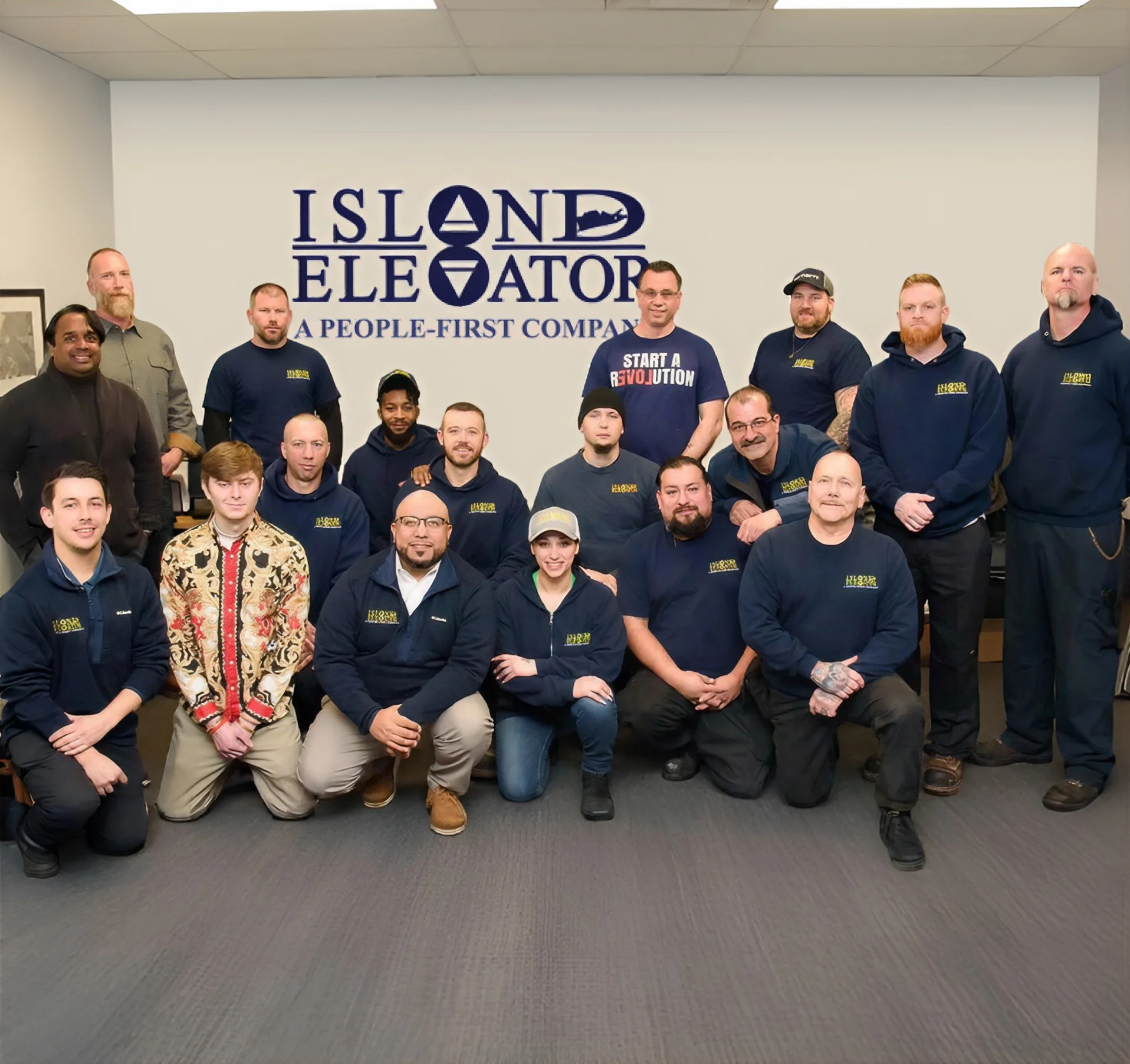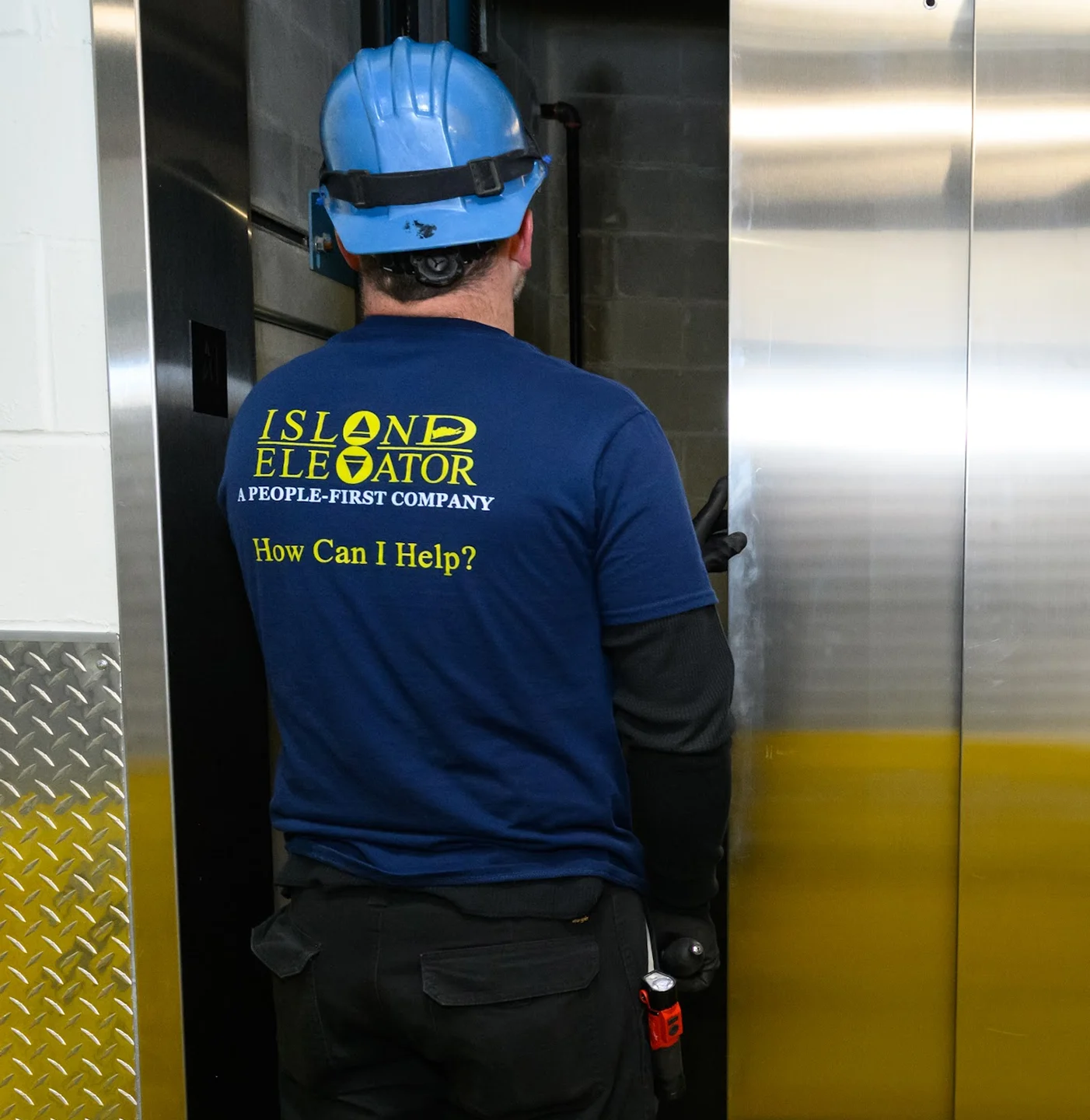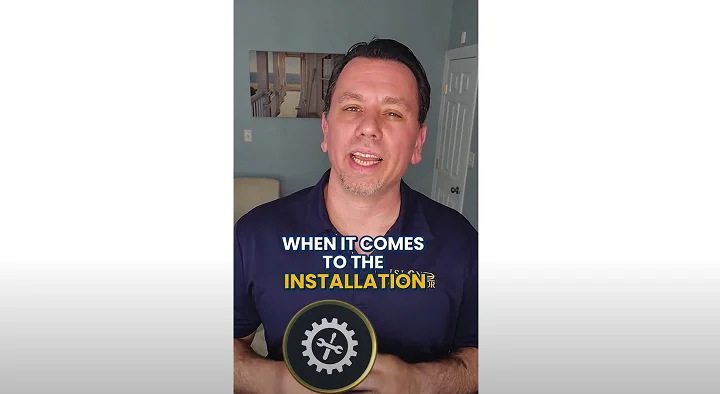A People First company
Elevator Service
Across Long Island
We fix slow response times, bad contracts, and unreliable
elevator service.
We provide complete elevator solutions with better communication
and full accountability.




500+ Happy Customers










